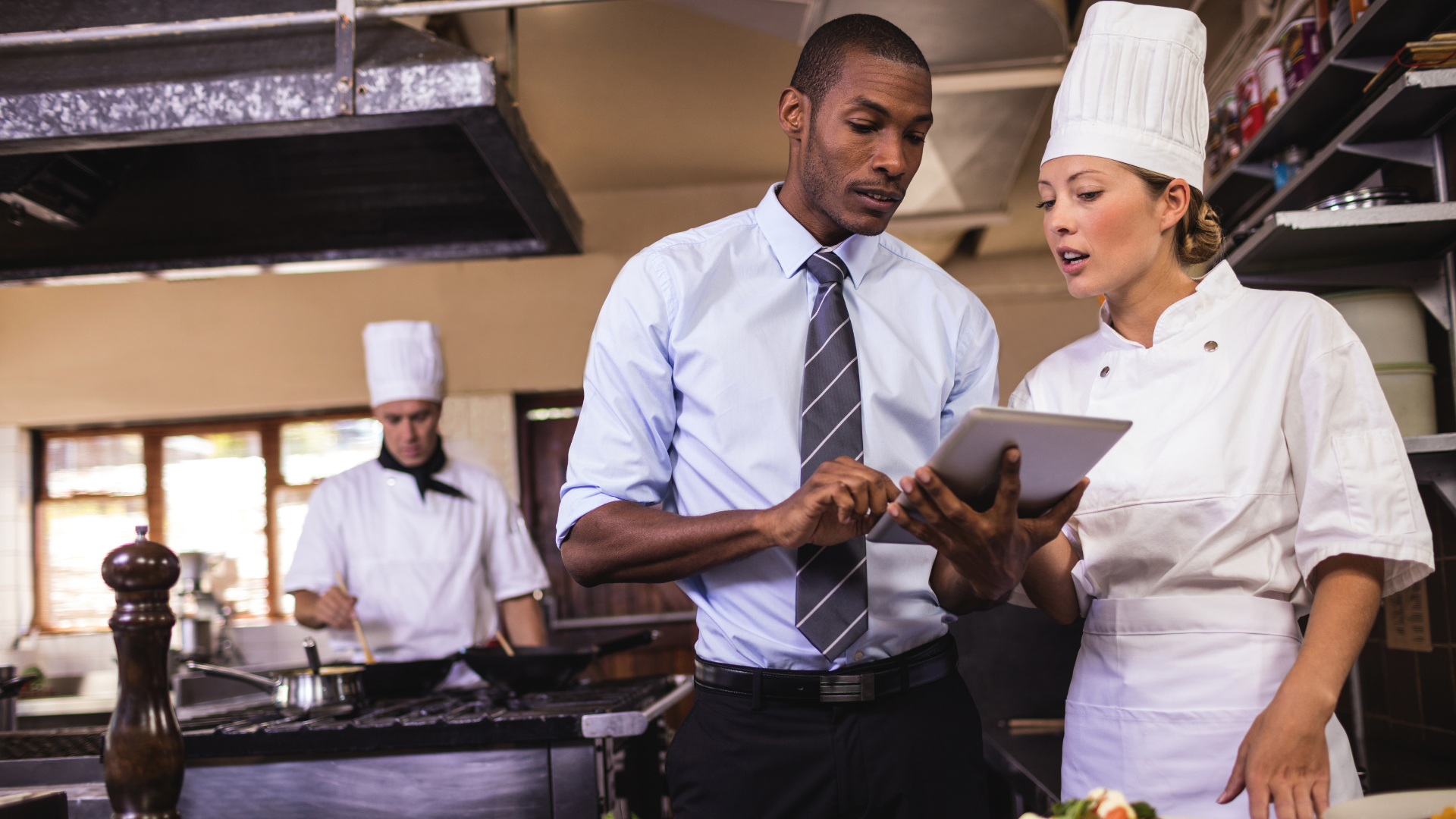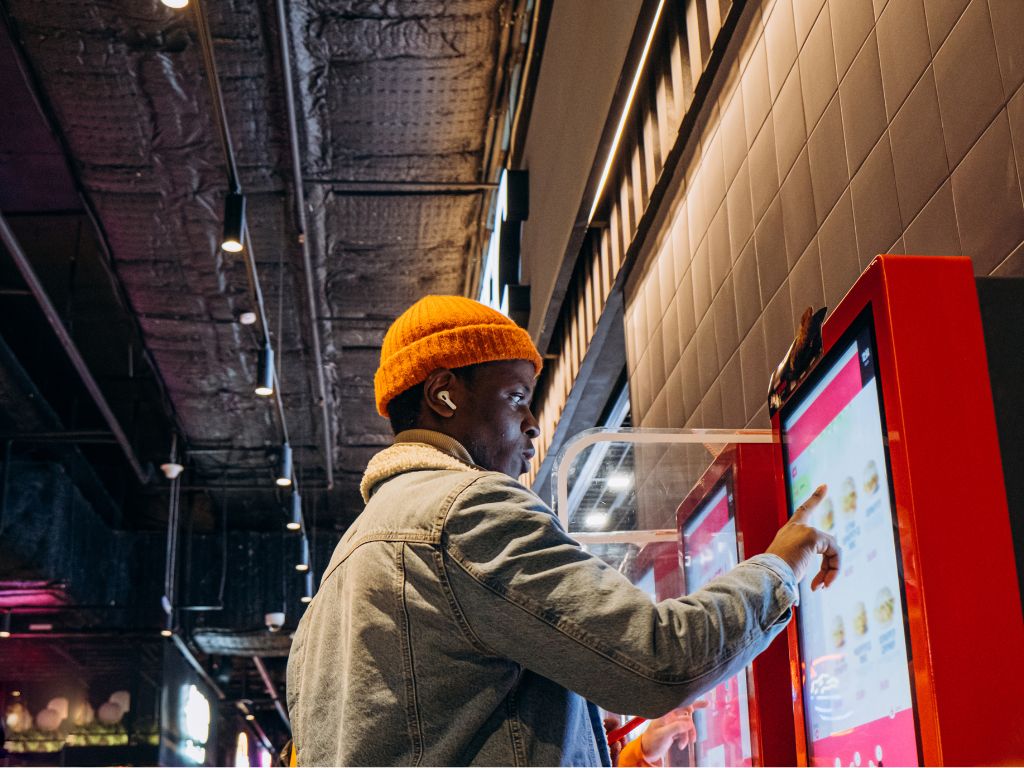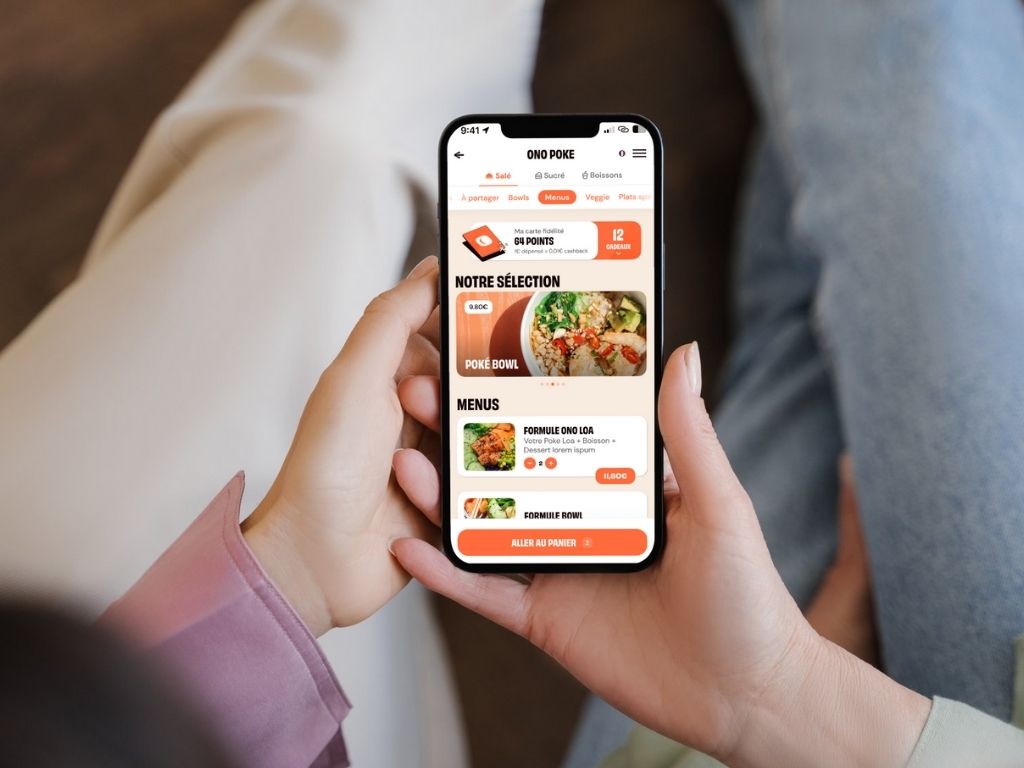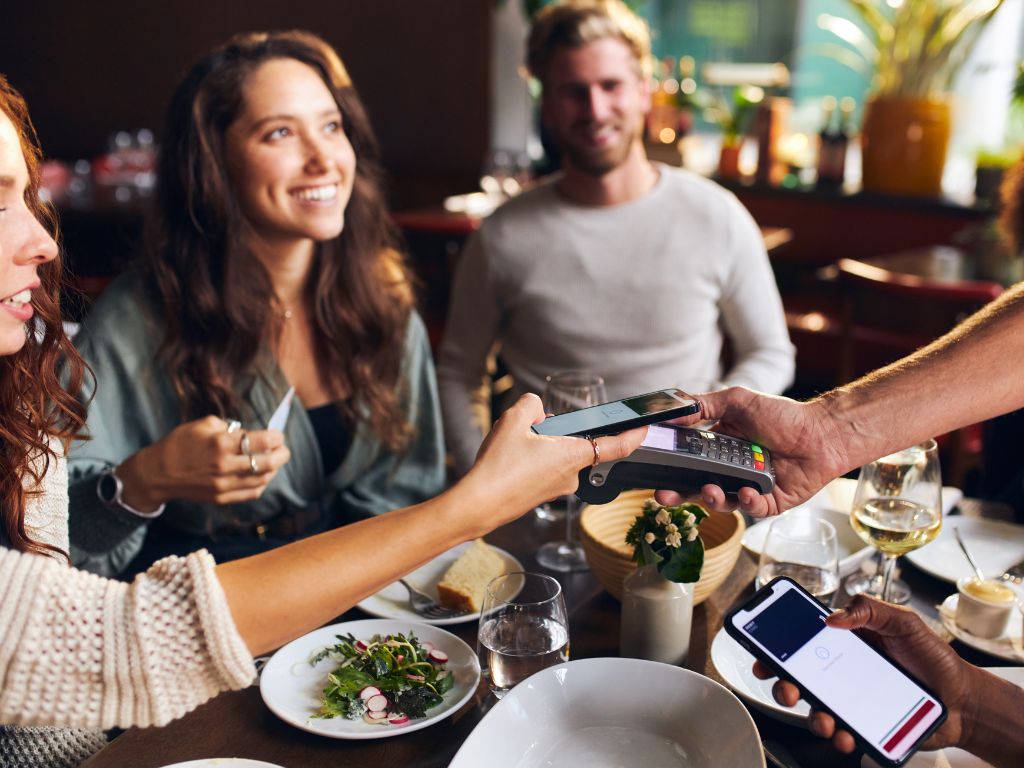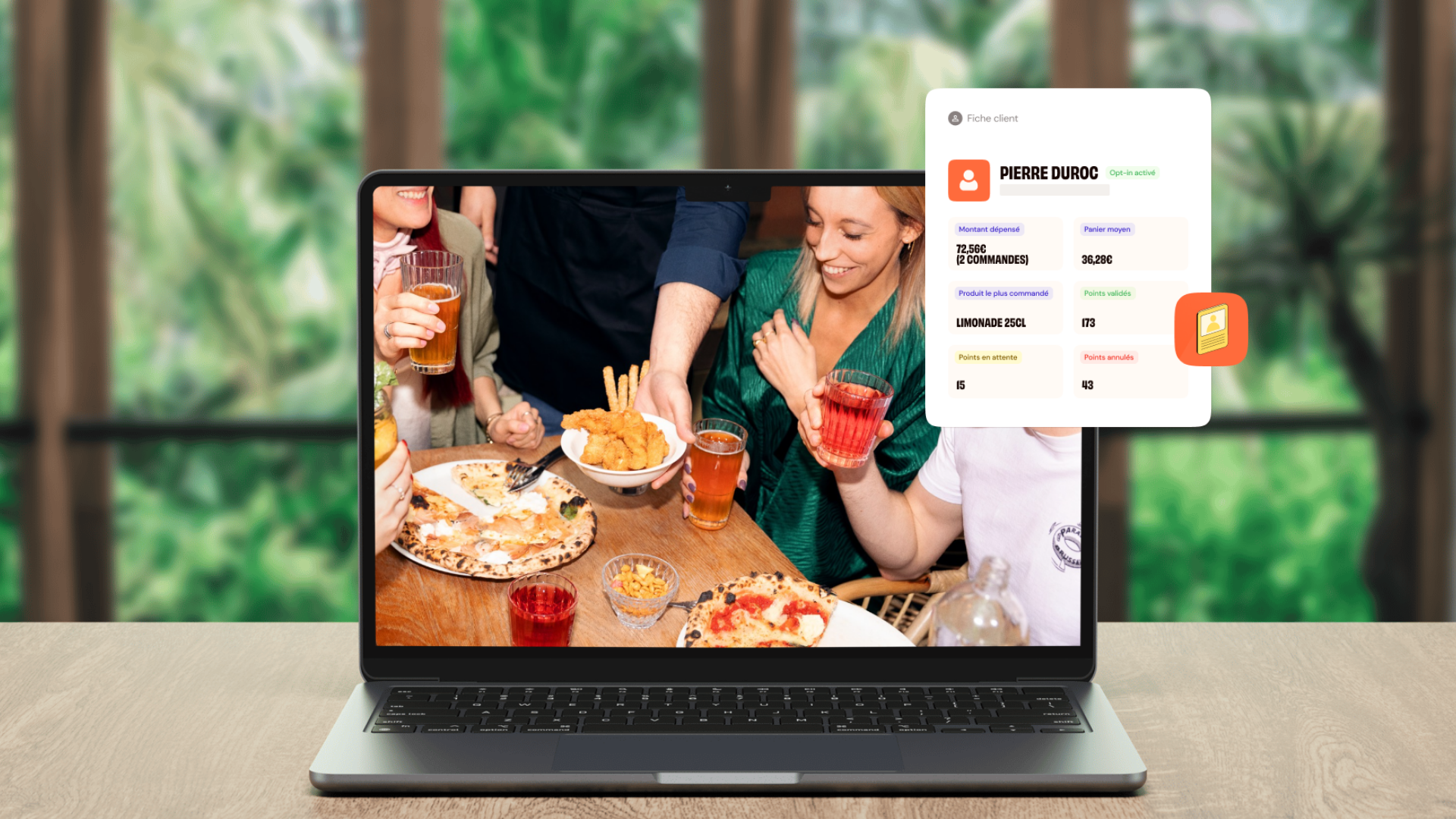The boom in made-to-measure foodservice: between health, pleasure and food identity
21 April 2025
Intolerances, dietary convictions, the desire for diversity, control over one's plate: personalization is becoming a new standard in the catering industry. And this applies to all formats: poke bowls, burgers, pizzas, salads... If you don't offer flexibility, you run the risk of missing out on part of your customer base.
According to a Kantar study for ANIA, 83% of French people have changed their diet in the last two yearsfor ethical, environmental and health reasons. And in a context where loyalty is earned service after service, it counts.
For restaurateurs, this raises a real question: how to give customers more freedom, without disrupting the kitchen or undermining profitability?
In this article, we take stock: what customers really expect, how to structure your card, and how to make personalization compatible with efficient service.
3 reasons for the rise of made-to-measure on the plate
Personalized meals don't come out of nowhere. If more and more customers want to choose how they eat, it's because their expectations have evolved in three key areas: health, pleasure and value. And each expectation has very concrete consequences for the way you design your offer.
01. Health and dietary constraints: more and more profiles to manage
Lactose intolerance, nut allergies, gluten-free diets, diabetic customers... today, it's rare to have a service without at least one specific request. Customers don't expect special treatment. They expect not to be left out.
According to a Universcience study, 40% of French people follow a specific diet, including 42% for health reasons.
Personalization thus becomes a response to a health reality: not everyone can eat the same thing. And if you don't offer anything, you risk losing entire tables.
02. Pleasure and balance: eat what you like, without feeling guilty
Strict diets are tiring. Today, most people are looking for a flexible balance: a healthy poké bowl at lunchtime, a burger in the evening, but always with a minimum of control. Being able to adjust quantities, add or remove an ingredient, is a way of reconciling pleasure and personal limits. Customers don't want to be frustrated, they want to choose how to "allow themselves".
This also means more flexible formats: size S, M, L, or choice of accompaniment. And all without becoming a production headache.
03. Identity, values, convictions: a diet that reflects the person
Vegetarians, vegans, but also customers who refuse to consume certain products for ethical or ecological reasons. For some customers, food is also a commitment.
And it's not a micro-niche: 221 FrenchTP3T limit their meat and fish consumption, 8% declare themselves vegetarian or vegan, and this figure rises to 25% for 18-24 year-olds.
This need for consistency is reflected in restaurant choices. The customer wants to be respected, not to have to "negotiate" an option with the waiter. Offering flexibility shows that you understand that their plate is an extension of who they are.
What customers really expect when they customize
Offering a customizable dish isn't just about ticking the "trend" box.
What your customers expect is not an infinite number of options in bulk, but an experience that gives them control, without friction.
Simplicity: customization without complexity
Too many options kill the option. If the customer spends more time understanding your menu than eating, there's a problem. And if the personalization experience is cumbersome or poorly explained, it becomes a hindrance.
The objective: a clear, fast, unambiguous route. A base, a few choices, a few extras. No need for 12 stages. And above all, no information overload. It's better to offer fewer well-thought-out options than too many poorly managed combinations in the kitchen.
Transparency: knowing what you really eat
Personalization also means making a conscious choice. And for that, you need transparency: on ingredients, allergens, intake... or even the origin of the products, if you want to go further.
It avoids unpleasant surprises, builds confidence, and shows that you take your job seriously. An informed customer is a reassured customer (and a returning customer).
Freedom (but with a frame)
Your customers want to be able to choose, yes. But not to question everything. Personalization doesn't mean allowing everything. You can set a framework: suggest logical combinations, guide with suggestions, limit certain mixes to avoid missteps.
This framework is reassuring. It guides without restricting. And on the management side, it prevents the kitchen from turning into a production of a thousand impossible-to-follow variations.

How to adapt without redesigning your entire facility
Offering a personalized career path does not mean starting from scratch. What you need to aim for is controlled, controlled, profitable personalization. Here are three ways of integrating this customer demand without turning your back office into a logistical inferno.
Design a modular (and cost-effective) board
Work your offer like a system of bricks. A base (bowl, burger, pizza, salad), ingredients to compose, and additional options.
This modular logic allows you to :
➜ share ingredients between several recipes,
➜ simplify purchasing and control material costs,
➜ maintain stable production times in the kitchen.
To stay profitable, you can :
➜ limit the number of editable elements,
➜ price premium options (e.g. extra burrata, vegetable proteins, etc.),
➜ create composable but guided menus (combo to be customized within a defined framework).
The aim is not to open up all possibilities, but to framing a freedom perceived as total.
Rely on the right control tools
The more choices you give, the more you need to structure the course. Visit terminals, QR codes or Click & Collect can be used to :
➜ guide customers in their choices (without human intervention),
➜ avoid order-taking errors (on the dining room and kitchen sides),
➜ track customer preferences (via a database).
It's also more efficient:
✔ less back and forth with the teams,
✔ less stress in rush hour,
✔ more fluidity at payment time.
And if you manage several plants or a food courtYou can centralize orders while distributing production flows by stand or by shift.
Train your teams to provide support (without overburdening the service)
Personalization often raises questions on the customer side. And that's not a problem if your teams are prepared.
Both in the dining room and in the kitchen, they must be able to :
➜ clearly explain how the menu works,
➜ guide towards the best combinations according to tastes or constraints,
➜ avoid inconsistencies or missing ingredients.
In concrete terms :
➜ create simplified cards for bases/options/allergen info,
➜ integrate a short training module into each onboarding session,
➜ offer a quick brief at every card change.
It's also a real managerial lever: a trained and involved team is a more committed, autonomous and valued team.
Ready to make your card more flexible (without losing efficiency)?
Offering a personalized experience isn't just for chains or ultra-tech concepts. With a well-structured menu, a clear ordering tool and a trained team, you can give your customers more freedom... without disrupting your service.
Need a hand structuring your menu, digitizing your order-taking process or choosing the right tools?
Please contact us. We'll help you lay the solid foundations for profitable personalization (without overloading your teams).
Read also:








